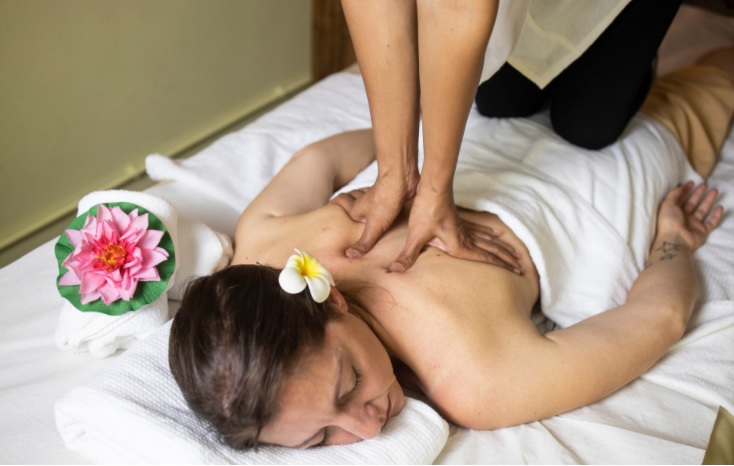Swedish massage, a renowned therapeutic practice, has evolved over the years to adapt to various settings, including the comfort of one’s home. This review explores the techniques employed in Swedish 홈타이 Massage, a relaxation-focused approach that combines the traditional benefits of Swedish massage with the convenience and intimacy of a home setting.
- Effleurage – The Gentle Stroke:
The foundational technique of effleurage involves long, sweeping strokes that glide over the skin. In Swedish Home-Tie Massage, the therapist applies this technique with a light touch, utilizing their hands to create a soothing flow. Effleurage serves as an ideal introduction, preparing the recipient for deeper massage techniques.
- Petrissage – Kneading Away Tension:
The art of kneading, or petrissage, is employed to gently lift and manipulate muscles. In Swedish Home-Tie Massage, therapists use kneading motions with their palms, fingers, and thumbs to address tension in specific muscle groups. This technique enhances blood circulation and promotes a sense of relaxation.

- Tapotement – Rhythmic Percussion:
To invigorate and stimulate, Swedish Home-Tie Massage incorporates tapotement—a rhythmic percussion technique. Light tapping, cupping, and hacking motions are applied to various parts of the body, promoting increased circulation and revitalization. However, the intensity is adjusted to suit the home environment, ensuring a comfortable experience.
- Friction – Targeting Deeper Layers:
When deeper tissue work is required, therapists use friction techniques in Swedish Home-Tie Massage. Circular movements with focused pressure help alleviate muscle knots and tension. The therapist adapts the intensity based on the individual’s comfort level, aiming to release deep-seated stress.
- Stretching and Joint Mobilization:
Swedish Home-Tie Massage often includes gentle stretching and joint mobilization to enhance flexibility and improve joint range of motion. These techniques are seamlessly integrated into the session, promoting overall relaxation and a sense of well-being.
- Heat Therapy – Enhancing Relaxation:
In the home setting, therapists may incorporate heat therapy into the massage experience. Warm towels or heated stones are strategically placed on the body to complement traditional Swedish techniques. The soothing warmth adds an extra layer of relaxation, helping muscles to unwind more effectively.
- Aromatherapy – Engaging the Senses:
Aromatherapy plays a vital role in Swedish Home-Tie Massage, with therapists using essential oils chosen for their calming or invigorating properties. The olfactory experience enhances relaxation, contributing to a multisensory massage environment within the confines of the home.
- Client Communication and Customization:
A hallmark of Swedish Home-Tie Massage is the emphasis on client communication. Therapists tailor their techniques based on the client’s preferences and comfort level. This personalized approach ensures that the massage experience aligns with the individual’s relaxation goals.
Conclusion:
Swedish 홈케어 Massage seamlessly blends the time-tested techniques of Swedish massage with the intimacy of a home setting. By adapting traditional strokes, incorporating heat therapy, and prioritizing client communication, this approach ensures a therapeutic and deeply relaxing experience within the comfort of one’s home. As the boundaries between professional massage therapy and home wellness continue to blur, Swedish Home-Tie Massage stands out as a holistic and rejuvenating practice.
